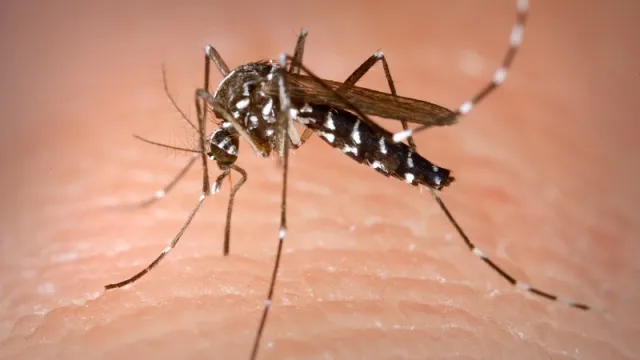CS Johnson aims for 20M mosquito repellents a year in Nairobi

Spatial repellents release chemicals into the air to prevent mosquitoes from biting people, which helps in reducing the spread of malaria.
American multinational SC Johnson has launched a new mosquito repellent production line in Nairobi targeting to make 20 million units annually even as the firm awaits potential endorsement of its products by the World Health Organization (WHO).
"We are months away from receiving a policy recommendation from the WHO where we can get this new tool in the hands of millions of people,” said Herbert Fisk Johnson III, SC Johnson Chairman and CEO, on LinkedIn.
He added, “We just reached a key milestone and opened high-speed manufacturing of this new tool at our site in Kenya. We'll produce 20 million units a year, and this is only the beginning,"
The company's KES1.3 billion ($10 million) investment in the spatial repellent line was announced in April 2023 and is poised to help combat the disease, especially in Kenya. Spatial repellents release chemicals into the air to prevent mosquitoes from biting people, which helps in reducing the spread of malaria.
These products can either repel or kill mosquitoes, offering a crucial tool in the fight against the disease. According to the WHO, Kenya recorded 3.29 million malaria cases in 2023.
However, Kenya has made notable progress in tackling malaria with statistics from the Ministry of Health showing that the country has reduced malaria rates by at least 50 percent over the last decade. Also, deaths from Malaria have dropped by 93 percent to 1,060 in 2023 from 15,061 in 2015.
While progress has been made, challenges remain. In 2023, Kenya saw a slight drop in malaria cases, from 3.42 million in 2022 to 3.29 million, while national malaria prevalence fell from 8.2 percent to 6 percent.
Despite these gains, malaria cases still increased by 25 to 63 percent compared to the baseline year of 2015, missing the target for a reduction by 2025.





